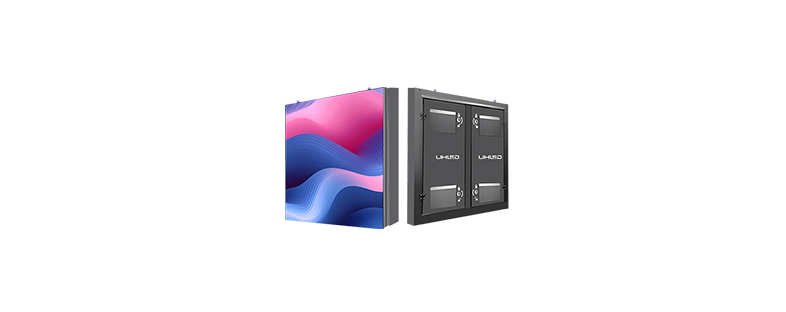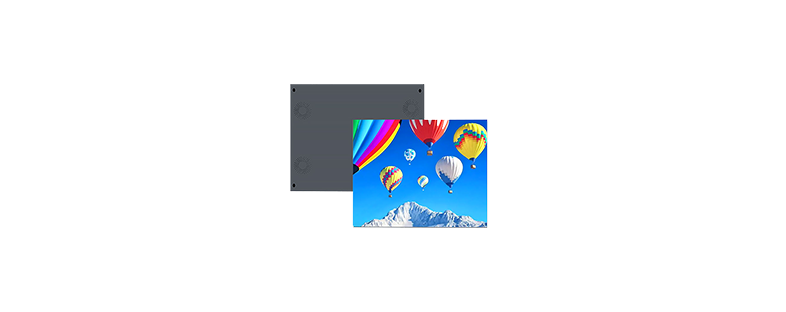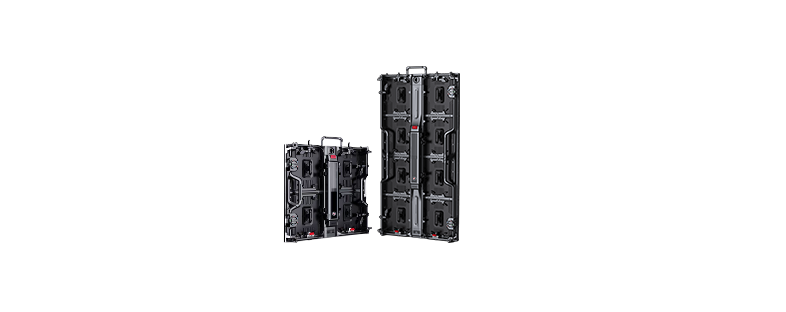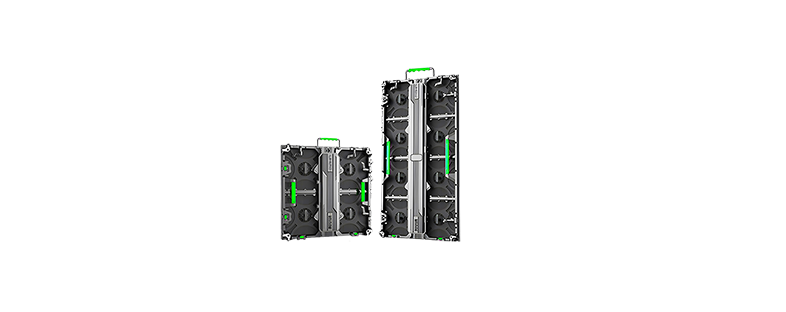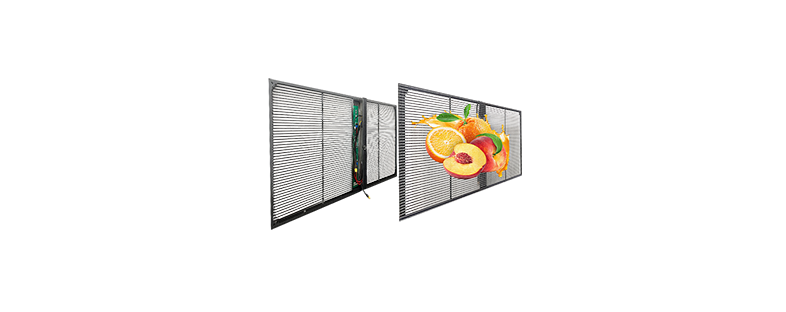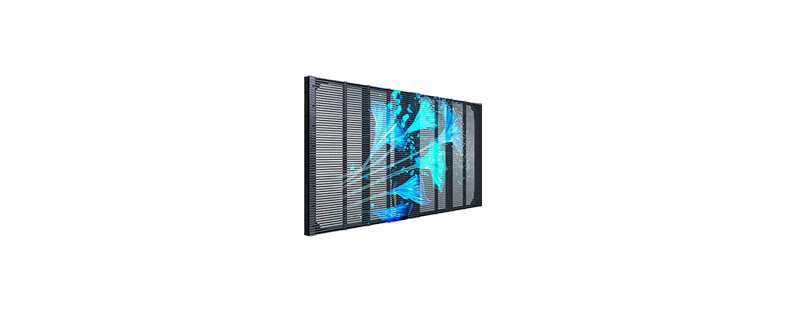-
OUTDOOR LED DISPLAY
OUTDOOR LED DISPLAY
-
INDOOR LED DISPLAY
INDOOR LED DISPLAY
-
RENTAL LED DISPLAY
RENTAL LED DISPLAY
-
SHELF LED DISPLAY
SHELF LED DISPLAY
-
POSTER LED DISPLAY
POSTER LED DISPLAY
-
CUBE LED DISPLAY
CUBE LED DISPLAY
-
FLEXIBLE LED FILM
FLEXIBLE LED FILM
- TRANSPARENT LED DISPLAY

The Difference Between LED Displays and LCD Displays

Can’t decide between LED displays and LCD displays? Learn the main differences in how they shine, how long they stick around, and how much power they use. This will help you find the perfect screen for your needs!
What Are LED Displays and How Do They Work?
LED displays, or Light Emitting Diode displays, use tons of tiny LEDs to create light. These screens pop up in lots of places, like TVs, computer monitors, and huge ad signs. The LEDs light up when electricity flows through them. This makes bright, colorful images.
Key Features of LED Displays
LED displays have neat features that make them a top pick for many jobs. They show super sharp pictures with bold contrast and lively colors. They’re also bendy in how they’re built. This lets people make fun things like see-through or stretchy screens. For example, UHLED offers all sorts of LED displays, like ones for outside, inside, rentals, shelves, posters, cubes, flexible films, and see-through screens. Plus, these screens save power and last way longer than older kinds.
Advantages of LED Technology
One awesome thing about LED displays is they save energy. LEDs use much less power than old screens but still give bright, clear images. They’re light and slim, too, which is great for cool designs. Also, LED displays are strong. They work fine in all kinds of weather, even if it’s rough outside.
What Are LCD Displays and How Do They Work?
LCD (Liquid Crystal Display) screens use liquid crystals to control light going through. An LCD has layers, like polarizers and liquid crystals, squeezed between two glass pieces. When electricity touches the crystals, they shift to let different amounts of backlight come through.
Key Features of LCD Displays
LCD displays are super for showing colors well and letting you see from different angles. They work great in any light because of their backlight. Their thin shape makes them perfect for small stuff like phones and laptops.
Advantages of LCD Technology
LCD screens have some fun perks. They’re cheap and easy to get. They show nice pictures while using less power than old CRT screens. Also, newer LCDs have quicker refresh rates, so fast-moving images don’t look blurry.
How Do LED and LCD Displays Differ in Technology?
Both LED displays and LCD displays want to show amazing pictures, but they do it in different ways.
Differences in Backlighting Techniques
The biggest difference is how they light up. LED displays use tiny diodes that make light on their own or with an edge-lit setup. But LCD displays use fluorescent lamps or LEDs behind the liquid crystal layer to glow.
Contrast Ratio and Brightness Comparison
LED displays usually beat LCDs in contrast and brightness. Their lighting tricks make images pop more. This makes LED displays awesome for outside, where you need to see well in sunlight.
Which Display Type Offers Better Energy Efficiency?
Saving power is a big deal when choosing between LED displays and LCD displays.
Power Consumption in LED vs. LCD
LED displays use less power than old LCDs. They have power-saving diodes instead of fluorescent lamps. This cuts down on electric bills and helps the planet.
Environmental Impact of Each Display
LED displays are kinder to the earth. They use less power and last longer than LCDs. Also, LEDs don’t have mercury, so they’re safer to toss out. For cool LED choices, UHLED has things like IP66 waterproof outdoor displays and see-through flexible films for all sorts of uses.
How Do LED and LCD Screens Compare in Terms of Lifespan?
When thinking about how long screens last, you gotta look at how tough they are, how much fixing they need, and how well they keep going over time.
Durability and Maintenance of LED Screens
LED displays are really strong and last forever. Their diodes use less power and stay cool. This stops them from wearing out quick. Also, LED displays can handle wet or hot and cold weather. This makes them great for outside. Fixing LED displays is easy because they’re made in parts. You can swap one piece without breaking the whole screen. This keeps them working great for years. Plus, things like IP66 waterproofing, like in UHLED’s stuff, makes outdoor LED displays even tougher against bad weather.
Longevity of LCD Screens
LCD displays last a decent time, but they don’t match LED displays. Their backlights, like fluorescent lamps or LEDs, can fade out over time. Newer LCDs are stronger, but they can still have problems like burn-in or patchy light. Fixing LCD displays can be tough because their design is complicated. You often need special tools or pros, which can cost more. But with good care and the right setup, LCD displays can work fine for a few years.
Why Choose UHLED as Your Trusted LED Displays Supplier?
When picking a company for super neat LED displays, UHLED is a great choice. They love new ideas and keeping customers happy, making them a favorite everywhere.
Overview of UHLED’s Expertise in the Industry
UHLED is all about making, researching, and selling optical tools. They have a team that’s crazy about finding new ways to make products better. Their fancy factories make sure every screen is perfect. UHLED offers lots of LED displays for things like shop ads, shows, and stage backgrounds. Their products use awesome tech like die-cast aluminum cases to keep screens cool and GOB tech for extra toughness.
Benefits of Choosing UHLED Products
Picking UHLED products comes with tons of good things:
- New Ideas: UHLED uses the latest tricks to make screens that work awesome and last long.
- Lots of Options: They have everything from IP66 waterproof outdoor displays to see-through flexible films for all kinds of needs.
- Super Quality: They check every product super carefully to make sure it’s great.
- Awesome Service: They make custom fixes and help you after you buy.
- Worldwide Love: People all over the world think UHLED’s products are super cool.
Conclusion: Why LED Displays Outperform LCDs – Strength, Efficiency & Longevity
Understanding the differences between LED displays and LCD displays is super important for picking the right screen. Both have cool stuff, but LED displays often win for being stronger, saving more power, and lasting longer. For really neat LED solutions with awesome service and know-how, UHLED is the best choice.
FAQs About LED and LCD Displays
Q1: What’s the main difference between an LED display and an LCD display?
A: The big difference is how they light up. LED displays use diodes that make light. LCD displays use fluorescent lamps or LEDs behind liquid crystal layers.
Q2: Are LED displays pricier than LCD displays?
A: They might cost more at first because of cool stuff like better brightness. But LEDs save cash over time with less power use.
Q3: Which screen is better for outside?
A: LED displays are awesome for outside. They’re super bright, handle weather great with things like IP66 waterproofing, and last a long time.



